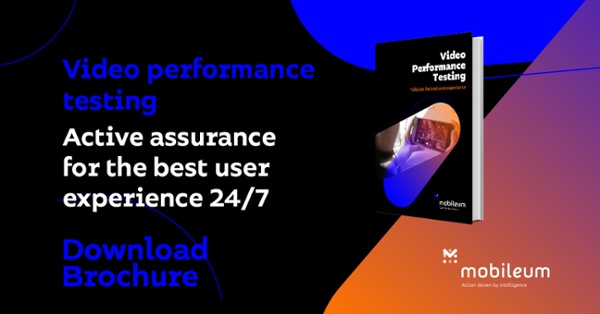A booming market
According to Market Reports Global, the worldwide Video Streaming (SVoD) market size is projected to reach US$ 181 Billion in 2028, from US$ 61 Billion in 2021, at a compound annual growth rate (CAGR) of 16.6% during 2022-2028. This year’s expected average revenue per user (ARPU) amounts over US$69 with a penetration of 15.6%, hitting 18.9% by 2026 with 1,487 million users. With more than 1/4th of the world’s population staying in their homes and opting for online streaming to stay entertained, play games, and socialize, the lockdowns were responsible for a rise of around 10% in viewership of video streaming services.
Services subject to the user’s instant quality assessment
The rapid market growth has been supported by the ongoing industry expansion in both segments, Live Video Streaming and Video on Demand, aligned with technology advancements that improve video quality such as blockchain, artificial intelligence (AI), and 5G with both ultra-high speed internet connectivity and real-time quality delivery. New video applications like mobile broadcasting, remote surgery, gaming, and augmented reality are bringing increasingly new market opportunities in the various SVoD segments, such as media and broadcasters, retail and ecommerce, education, IT and telecommunication, healthcare, etc. To stay competitive, reduce OPEX and churn, and tap into new revenue streams, service providers must offer absolute faultless video quality, a key factor driving customer satisfaction.
Effective testing methods focused on the customer perspective are based on active service assurance tools that test, monitor, troubleshoot, and benchmark both live and on demand video services. Real-time alarms that flag quality problems before a business impact are a crucial feature, for studies show that if the content does not start streaming within 2 seconds, many users will abandon the video, with each additional second of delay costing 6% of the audience, that is, a quarter of the users will be lost after only 5 seconds.
Video quality validation on different levels
To verify video quality, testing can happen on different points of the video delivery path depending on the use case, for instance, at the service provider (sends the video), at the network provider (transmits the video), and at the end-user premise or device (receives the video).
To test Set-Top Boxes, which enable a TV set to receive and decode digital television (DTV) broadcasts, the most effective methods available today use Frame Level Analysis and IP Level Analysis.
Frame level analysis captures the video stream directly on the HDMI interface from any HDMI output, such as Set-Top Box or Apple TV, where the video source can be live or on-demand TV, OTT, etc. The captured video stream is then processed, and each captured frame is analyzed generating an extensive set of KPIs, which indicates the section in the video delivery chain that is more likely to introduce degradation, and triggering alarms based on defined KPI-distortion thresholds.
IP Level Analysis supports encrypted and unencrypted transmission and is available for Set-Top Boxes, video apps, and browsers. The KPIs measured at the IP layer are especially important for Communication Service Providers (CSPs), who are typically responsible for the last mile part of a video transmission chain.
Bitstream analysis, for unencrypted streams, provides insight into audio and video packet loss, stream source and destination, audio, and video Mean Opinion Score (MOS) and others. Even for encrypted streams, although not so comprehensive compared to unencrypted streams, there are methods to provide KPIs that indicate MOS, the number of dropped packets, the number of media segments, and more.
Testing on smartphones for the true perceived customer experience
When considering mobile video applications, the performance of the app is equally important as the performance of the video stream. To validate the service perception and identify the users’ real experience, Application-Level Analysis, where active testing occurs directly on the smartphone or data capable interfaces, is a proven quality assurance method. By capturing and analyzing the Packet Capture (PCAP) associated, for instance, with a YouTube session, a Mean Opinion Score (MOS) for audio and video is generated, indicating the overall quality of experience. TCP/IP (Transmission Control Protocol/Internet Protocol) indicate packet loss, throughput, and bitrate.
In-depth performance analysis of OTT video services like YouTube video, Netflix streaming, and video apps, ensures the best quality of experience by testing directly on smartphones or data capable interfaces to generate KPIs, such as app launch duration, video start delay, content availability, etc.
All things considered, quality validation of services such as video streaming is unquestionably a must, due to its prompt customer responsiveness characteristic. Failing to deliver on the promise every time, all the time, could make or break a provider’s reputation and directly impact revenues. Existing end-to-end active testing and monitoring tools have proven to be the most effective options to assure the overall video performance on different levels. The resulting KPIs that anticipate problems help identify the exact location of issues within the video delivery path, allowing correction before impact, thus pro-actively improving services and, consequently, customer experience.




Let Us Know What You Thought about this Post.
Put your Comment Below.